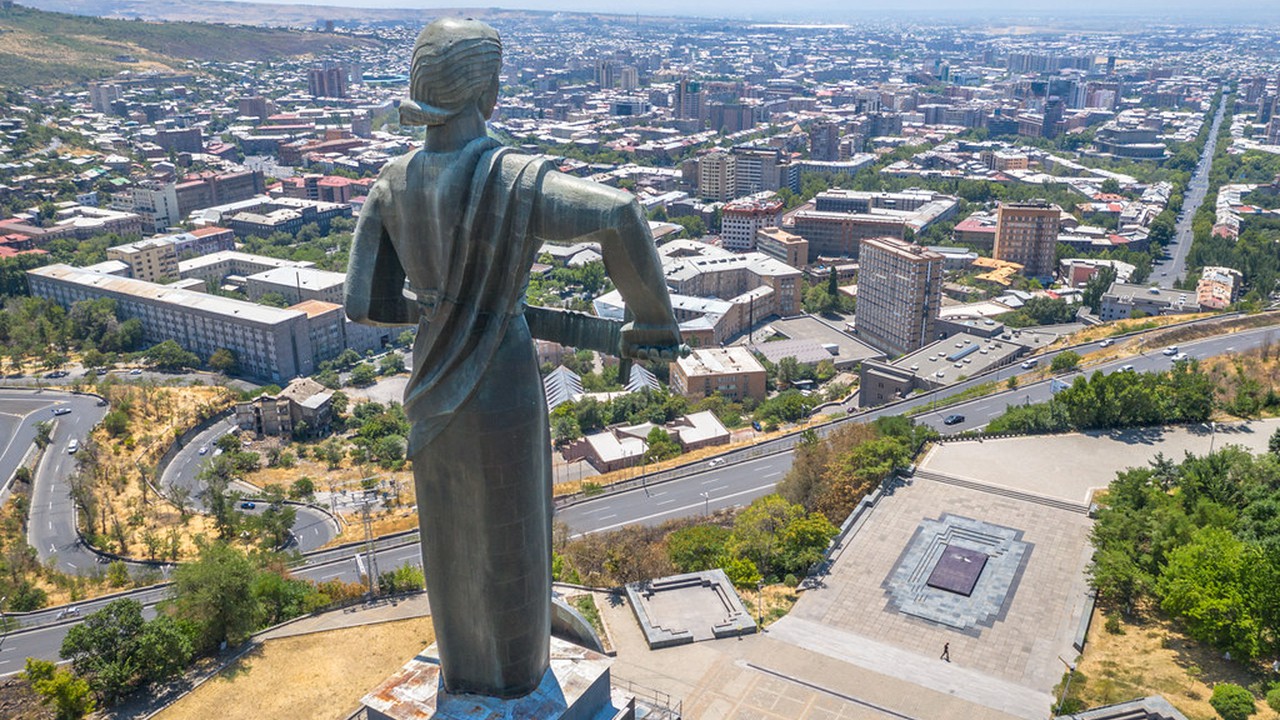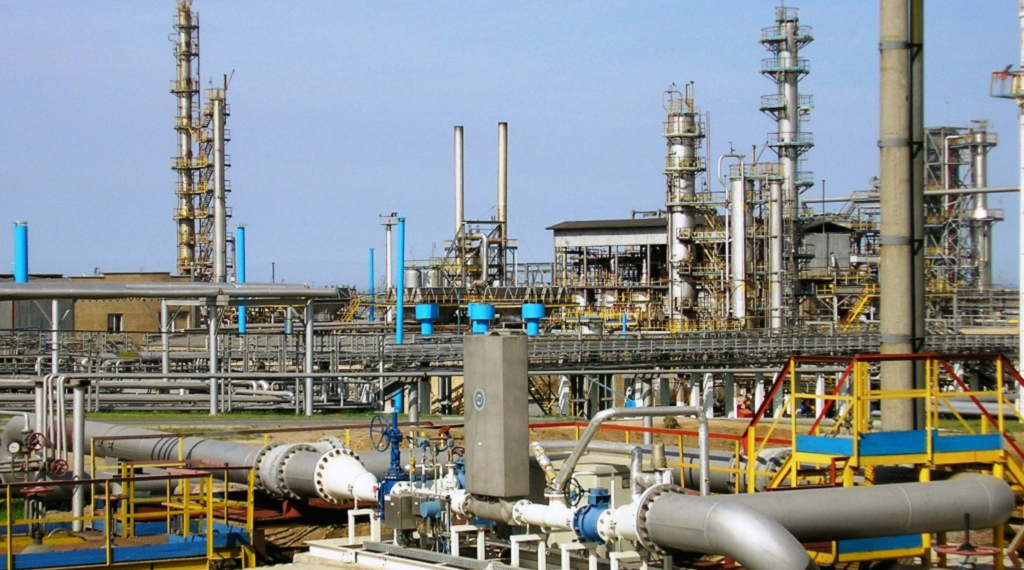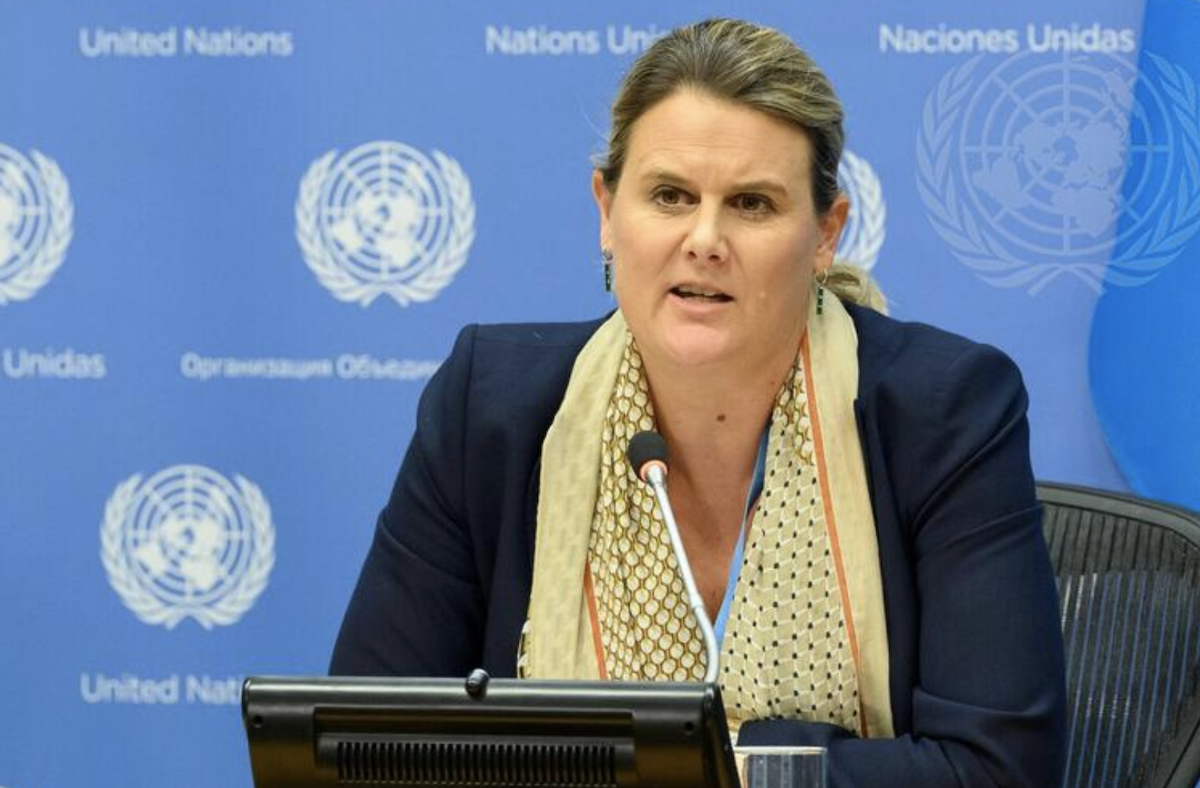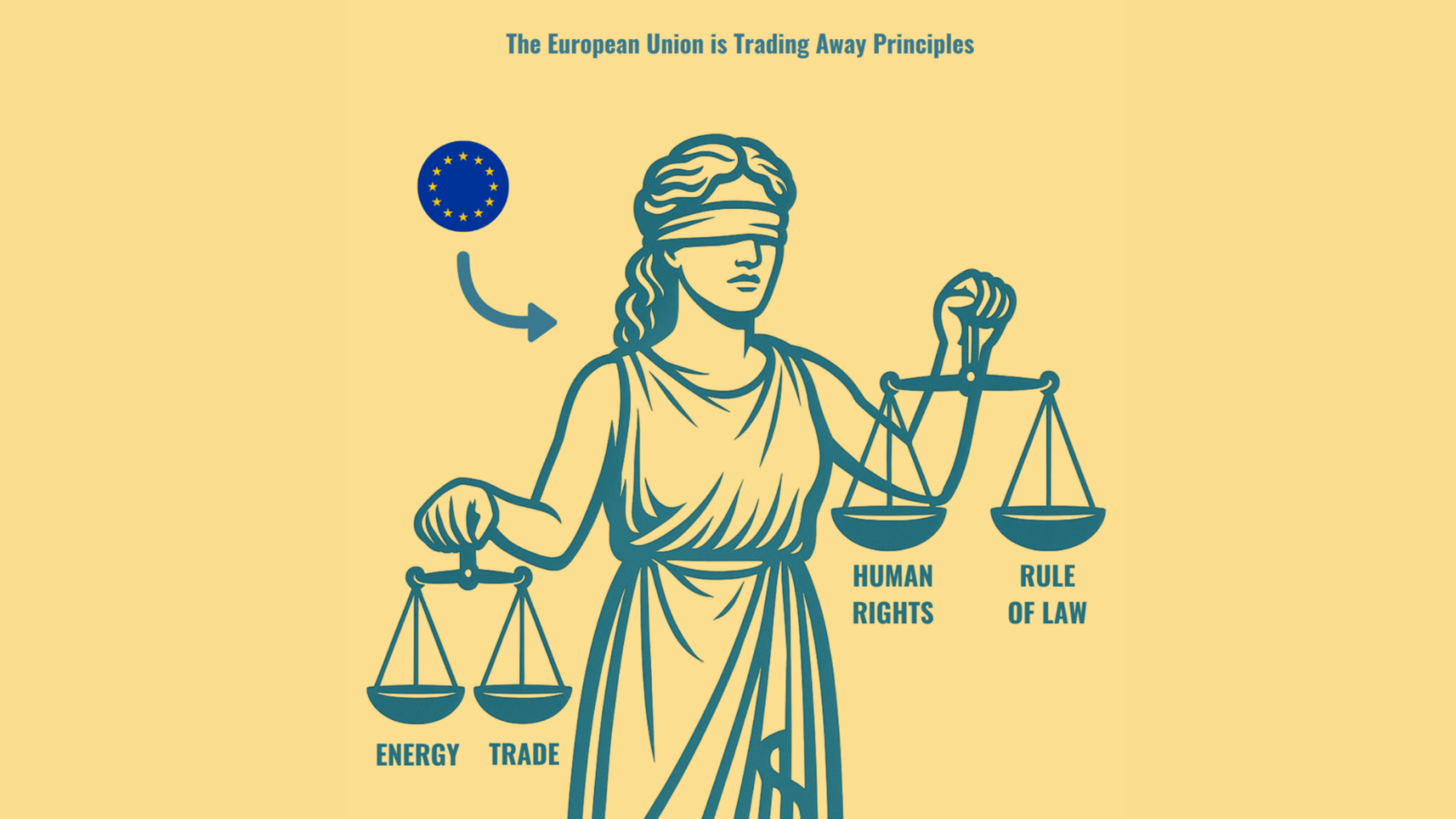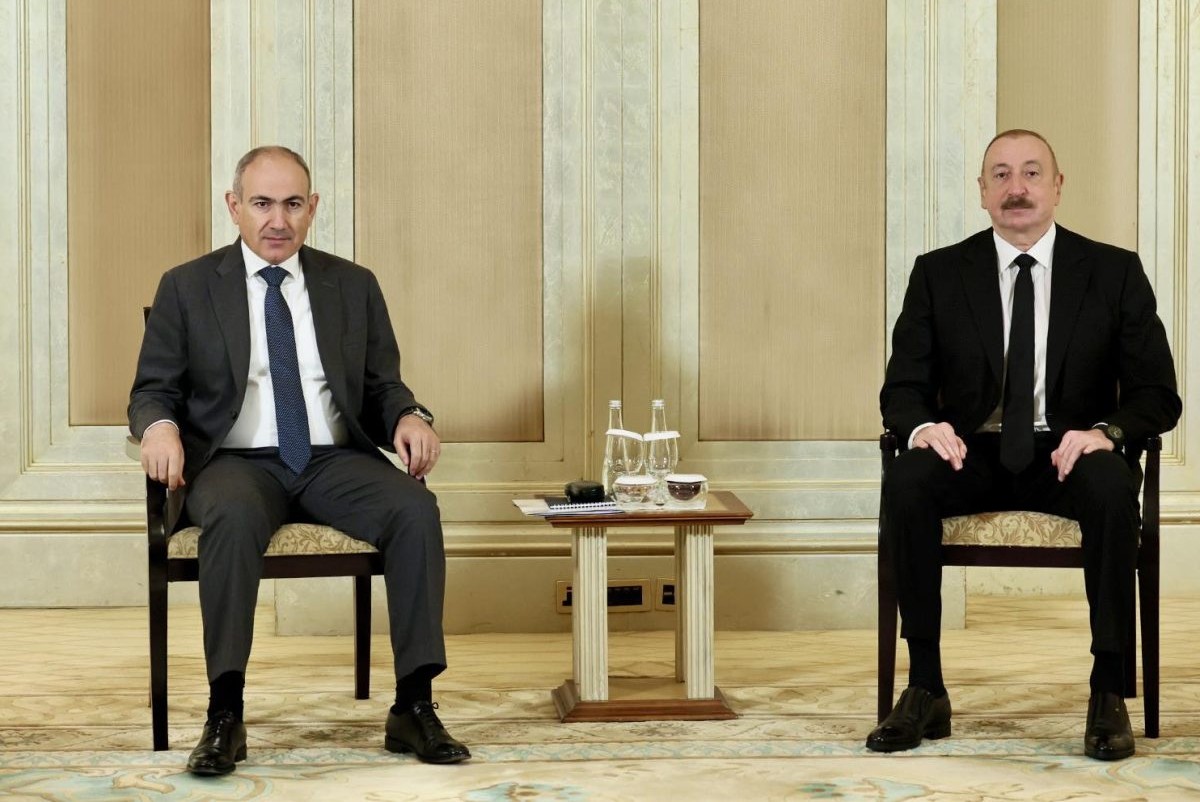Armenia sees rise in tax revenue — economist explains what’s driving it
Rise in tax revenue in Armenia
Armenia has recorded an increase in tax revenue. The State Revenue Committee reported a significant jump in tax figures for July this year compared to the same period last year.
“In July 2025, the State Revenue Committee secured 218.6 billion drams (over $573 million) in tax revenues and state duties from taxpayers. That’s an increase of 33.5 billion drams (nearly $88 million), or 18.1%, compared to July 2024,” said the committee’s chairman, Eduard Hakobyan.
Growth in tax revenue has also been observed in the first half of the year. Economist Armen Ktoyan explained that the rise in taxes paid is consistent with overall economic growth in Armenia.
“The annual increase in collected taxes reflects a combination of factors — inflation, economic and business activity, as well as a reduction in the shadow economy,” he noted.
Statistical data provided by the State Revenue Committee, along with commentary from economist Armen Ktoyan.
- Opinion: “Russia is trying to hurt Armenia’s economy using a proxy – and Georgia is the proxy”
- Why are imported fruits and vegetables often cheaper than local produce in Armenia?
- Why are imported fruits and vegetables often cheaper than local produce in Armenia?
Top 10 taxpayers in Armenia span diverse sectors
The State Revenue Committee has published a list of the 1,000 largest taxpayers in Armenia for the period of January to June 2025. The top ten are:
- Mobile Centre Art
- Grand Tobacco
- Gazprom Armenia
- Ardshinbank
- Ameriabank
- Zangezur Copper-Molybdenum Combine
- CPS Energy Group
- International Masis Tobacco
- Pretty Way
- Digitain
According to the committee, “the 1,000 largest taxpayers paid a total of over 986.071 billion drams (nearly $2.6 billion) into the state budget between January and June 2025. That’s 85.67 billion drams (nearly $225 million) more than in the same period last year.”
Commentary
Economist Armen Ktoyan commented on the performance of the top ten companies in Armenia’s list of 1,000 largest taxpayers. In particular, he explained why Mobile Centre Art topped the list, having paid more than 32 billion drams ($86.4 million) to the state budget in the first half of the year.
“The company reached the top spot because it re-exports mobile phones from Armenia to Russia. This re-export activity significantly boosted its economic performance,” he said.
Ktoyan noted that each company’s rise is shaped by specific market conditions that have contributed to increased revenues — and, consequently, higher tax payments.
“For example, Grand Tobacco, which came in second, increased its tax payments by 30%. The tobacco sector as a whole grew by roughly 70% during the reporting period, and Grand Tobacco is showing rapid growth. A similar trend can be seen in International Masis Tobacco, ranked eighth.”
He also pointed out that Ardshinbank paid nearly four times more in taxes than previously. The bank generated 30% of the entire Armenian banking sector’s profit and continues to hold a strong position. According to Ktoyan, Ardshinbank made timely and effective use of the wave of Russian relocants moving to Armenia:
“By generating non-interest income, the bank has secured a significant amount of retained earnings. This puts it in a strong position across several areas. For instance, it can attract more competitive talent and strengthen its position in both the credit and deposit markets.”
Rounding out the top ten is Digitain, a digital services provider. According to Ktoyan, the company increased its tax payments by 5 billion drams ($13.1 million).
“The appearance of any company in the top ten, or its change in rank, may be linked to the nature of its business, sector-specific developments, or broader structural shifts in Armenian business and the geopolitical environment. Overall, the list of top taxpayers reflects the state of Armenia’s economy,” Ktoyan said.
Speaking about the need for economic diversification, Ktoyan warned that it is a complex process:
“Export isn’t just about shipping goods to new markets. The aim should also be to build a more competitive economy, promote production modernisation, and create goods that make it easier to enter new markets.”
In his view, Armenia needs a comprehensive strategy focused on infrastructure upgrades, institutional reform, and technological modernisation.
While he acknowledges some progress in tech upgrades, he notes it remains slow: “Certain sectors are still struggling with digitalisation.”
Ktoyan believes that only through the implementation of such a comprehensive approach can Armenia’s foreign trade structure evolve in the desired direction.










